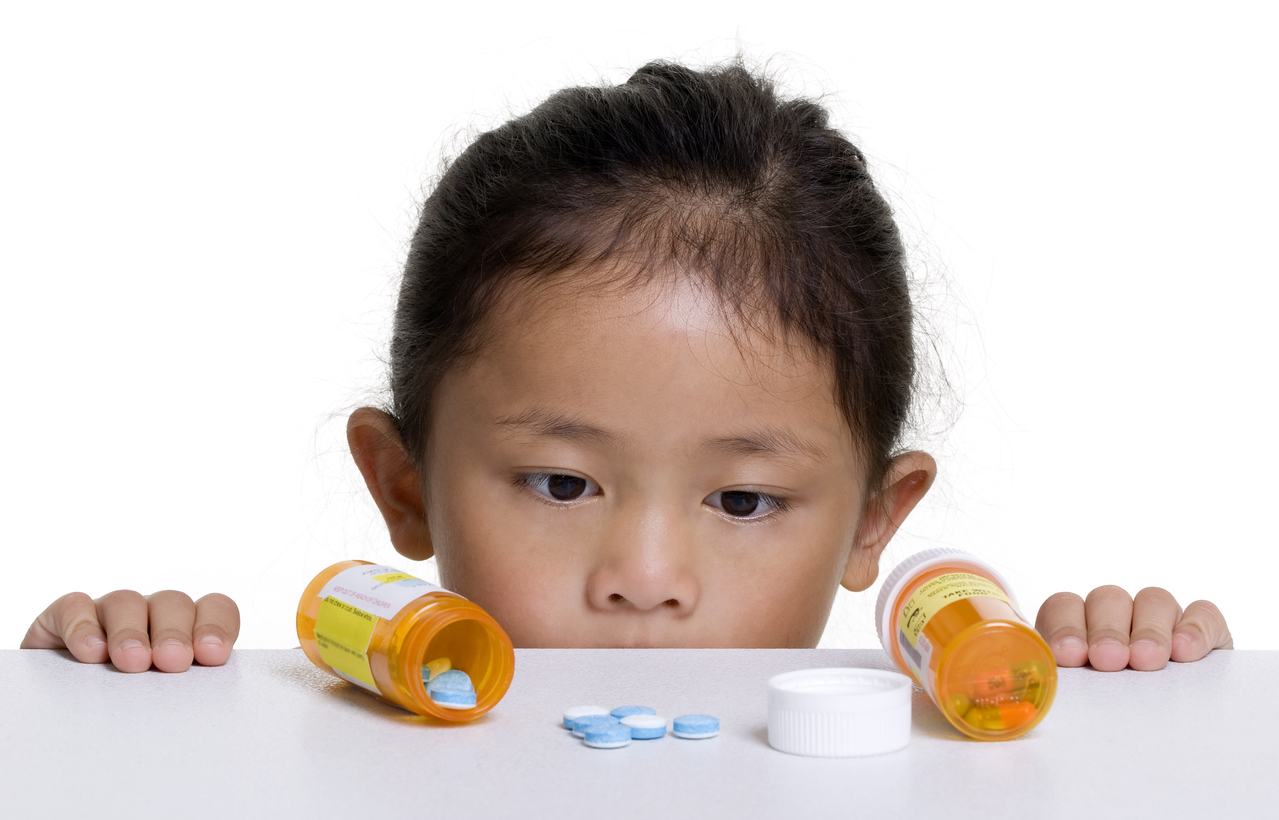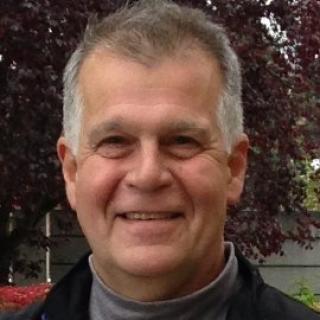
Hoarding unused prescription painkillers might be tempting. Spiked with potent opioids, the pills could come in handy if two Tylenol aren’t enough to relieve an aching back or a throbbing knee.
The urge to keep leftover prescription pain pills is amplified by a lack of safe ways to throw them away. You can’t dump them down the drain or toss them in the garbage because they are bad for the environment. And you can’t return them to a pharmacy because they are a controlled substance.
The only choice for someone who wants to do the right thing is to take the pills to a police department, but even then, not every department will accept them.
These leftover drugs pose an additional risk when there are kids around.
With doctors writing more than 200 million prescriptions for oxycodone, hydrocodone and other opioid painkillers every year, it all adds up to countless bottles of pills sitting in homes everywhere — each bottle a possible portal into opioid and heroin use.
While there are many pathways to narcotic abuse, experts say stealing prescription painkillers from the family medicine cabinet is a scarily easy first step for teens, “a very popular way for kids to get started,” says Dr. Leslie Walker, former chief of adolescent medicine at Seattle Children’s Hospital.
Some new local protocols are offering ways to keep the medicine cabinet safer, although doctors say parents still need to remain vigilant about the risks prescription meds pose to kids and the signs that might indicate a youth is using drugs improperly.
Gateway to heroin
Every medication presents a risk of life-threatening danger, especially for toddlers. But prescription painkillers pose the additional threat of intentional misuse by thrill-seeking teens, who don’t fully grasp the potential for addiction and overdose.
“Teens often mistakenly believe that misusing [prescription opioids] is safer than using street drugs,” says Taylor Watson, who oversees King County’s secure medicine return regulation. “Medicines stored in the home are providing teens easy access.”
In a study by the Partnership for Drug-Free Kids, seven out of 10 teens said it was no sweat to access prescription drugs in their parents’ medicine cabinet. Of those who have misused prescription drugs, four out of 10 said that’s where they scored their pills.
Teen opioid abusers don’t just raid their own home. They plunder pills from the homes of relatives, friends and others. They’ll go so far as to buddy up with a classmate whose parent has cancer just to pocket the parent’s pain meds, Walker says.
The pills are often used together with alcohol. They’re also crushed into powder and smoked, snorted or injected — just like heroin.
While opioid painkillers can be addictive and deadly on their own, the cruel kicker is their link to heroin. Studies have shown that as many as 80 percent of new heroin users first used prescription opioids.
“Once you become a prescription opioid user, then heroin becomes the logical next step,” says Penny LeGate, whose daughter, Marah, died of a heroin overdose in 2012 at the age of 19.
Marah battled substance abuse and related disorders, such as anxiety and depression, throughout her teen years. Before turning to heroin, Marah misused oxycodone stolen from an overnight kit in the family’s home.
“That was most likely her pathway to heroin,” says LeGate, a former reporter and anchor at KIRO-TV. “We were just ignorant at the time. We had no idea . . . that opioids could be so incredibly harmful.”
Prescription opioids and heroin are both derived from the opium poppy and interact with opium receptors in the brain to block pain and produce euphoria.
The vast majority of people who take prescription opioids for acute pain after surgery or injury never become addicted. Most people dislike the woozy feeling they get from the drugs, so they stop taking them as soon as possible.
But some people are wired to crave the high they get from prescription opioids or use them to treat chronic pain. Either way, prolonged use warps the brain’s chemistry and sooner or later leads to addiction.
A prescription opioid habit is not an easy beast to feed, though. Over time, abusers build up a tolerance and need increasingly stronger doses to generate the euphoria. Graduating to heroin — cheaper, stronger and easier to obtain — is a natural progression.
A lot of people are totally stunned by their children raiding their medicine cabinet, but as we know, that’s a major gateway to addiction.
Safer collection is key
With nearly 30,000 deaths from overdoses in 2014, the Centers for Disease Control and Prevention considers prescription opioid and heroin addiction a national epidemic. King County and the City of Seattle have formed a task force to tackle the problem locally. Heroin overdoses claimed the lives of 136 people in King County last year, while prescription opioid overdoses accounted for another 97 deaths.
In an effort to reduce easy improper access to prescription drugs, King and Snohomish counties are launching new collection systems for all unused medicines — including prescription opioids. The systems will provide free drop boxes, all funded and operated by drug companies as the result of secure medicine return regulations passed by the county health boards.
King and Snohomish counties are among the first in the nation to pass such regulations. The King County system is scheduled to be up and running in 2017 with the Snohomish County system to follow soon after. Check Take Back Your Meds for sites.
Experts urge parents not to be lax about disposal, especially with new collection sites. LeGate says she wonders how many people overlook the potential heartbreak hiding in a bottle of leftover prescription painkillers. “A lot of people are totally stunned by their children raiding their medicine cabinet, but as we know, that’s a major gateway to addiction.”
The good news is that prescription opioid abuse is waning, thanks to stricter guidelines for prescribing painkillers and the reformulation of pills to make them harder to convert into a usable powder. Heroin, however, remains a more stubborn scourge.
The number of 10th-grade students nationwide who reported misusing oxycodone in the past year fell to 2.6 percent in 2015 from 3 percent in 2012, and the number who reported misusing hydrocodone (Vicodin) fell to 2.5 percent from 4.4 percent, according to a study from the National Institute on Drug Abuse. Meanwhile, heroin use dipped only slightly to 0.5 percent from 0.6 percent.
In Washington, the number of 10th-grade students who reported using painkillers in the previous 30 days fell to 5 percent in 2014 from 6 percent in 2012, while the number of 10th-grade students who reported ever using heroin remained at 3 percent, according to the most recent Washington State Healthy Youth Survey.
While the overall numbers may seem small, they reflect every rung of society, regardless of tax bracket or ZIP code. “Everybody is vulnerable,” says Dr. Caleb Banta-Green, a senior researcher with the University of Washington Alcohol and Drug Abuse Institute.
Keeping prescription painkillers out of the reach of adolescents — by getting rid of them or locking them away — is an important step in the fight against prescription opioid and heroin abuse, says Banta-Green. “I’d never leave a gun sitting around,” he says. “Why would I leave opioids sitting around?”











